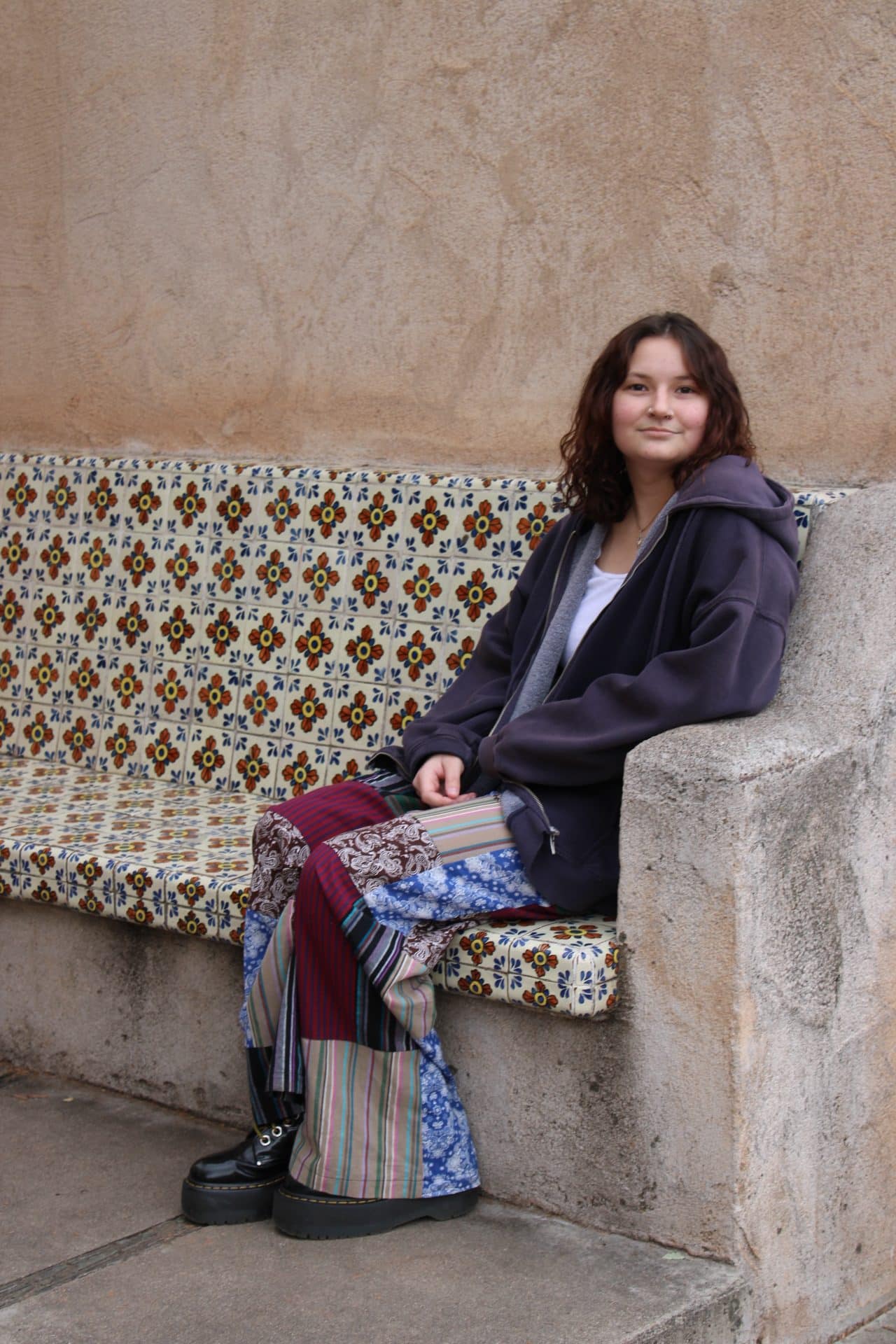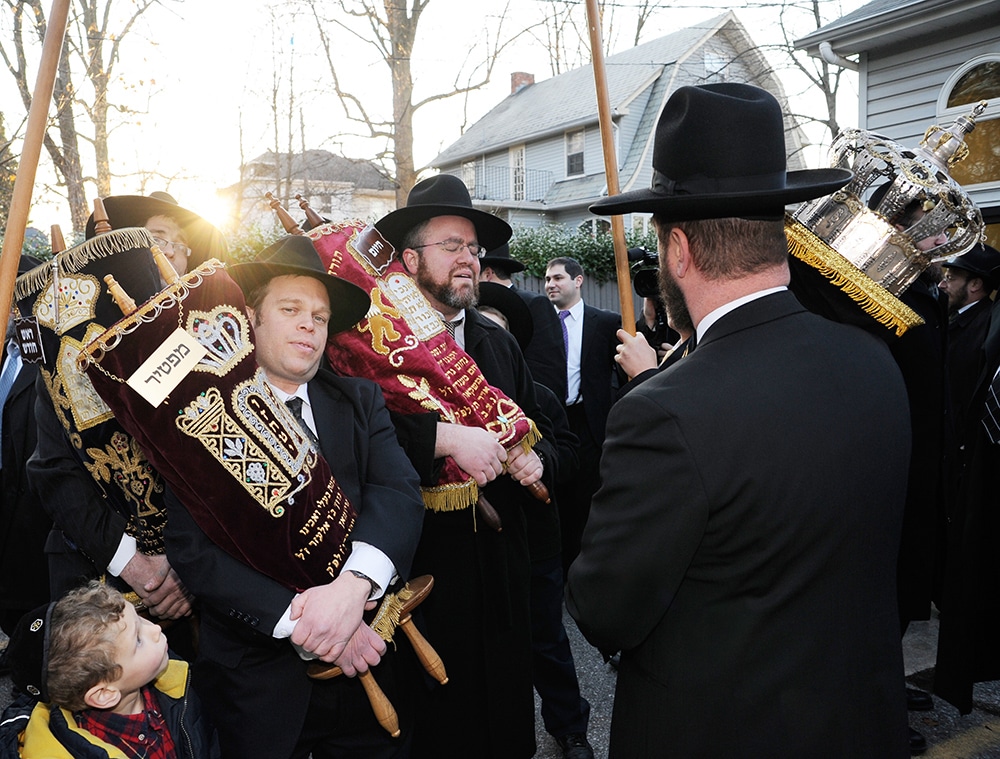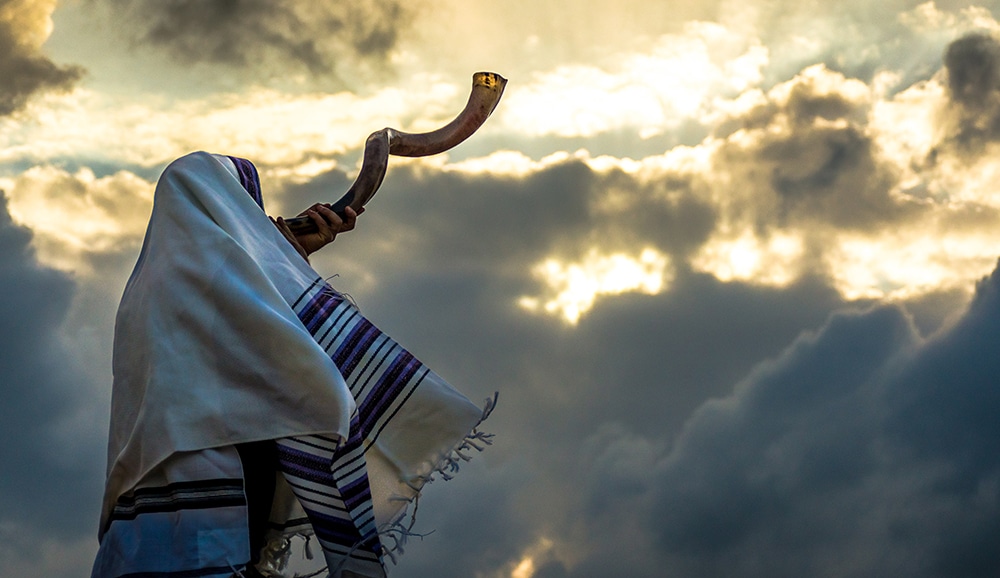
As a kid, I grew up in an Orthodox Jewish neighborhood in Baltimore, Maryland, within a five-minute walking distance from at least five synagogues. Every year from September to October, I can remember watching parades of people in the street joyously walking to synagogue to celebrate Simchat Torah, and the streets lined with Sukkahs, in which everyone was welcome to join the celebrations.
I’ve since come into my own way of celebrating my culture and heritage that isn’t as religious, but the importance of having a community and connections that these holidays instilled in me has stayed with me throughout my life and transition to college.
Rosh Hashanah (began at sundown on Friday, Sept. 15 and ends at sundown on Sunday, Sept. 17)
Rosh Hashanah, the Jewish New Year, begins the process of mending relationships with people in your life, reflecting on what worked and didn’t work for you throughout the year, and finding forgiveness for others as well as yourself. The way I interpret these traditions is by apologizing to others for your mistakes and having compassion for yourself. There’s a lot of symbolism in the foods we eat around this time. Growing up, we ate apples and honey to symbolize the hope to have a sweet year; pomegranates and their abundance of seeds to be hopeful of the many opportunities the new year will provide to practice acts of kindness and good deeds; and round challah to symbolize the infinite cycle of life. The typical greeting for Rosh Hashanah is “Shanah Tova Umetukah,” which translates to “have a sweet and happy new year.”
Another tradition throughout these holidays is to blow the shofar, a ram’s horn, to remind ourselves of the upcoming holidays and our responsibility to them. On Rosh Hashanah, it is usually blown up to 100 times in one day.
Yom Kippur (Sunday, Sept. 24)
Shortly after Rosh Hashanah, the next holiday taking place during the “Days of Awe” is Yom Kippur, which translates to “Day of Atonement.” Yom Kippur transitions from the more lighthearted tone of Rosh Hashanah to a more serious and heavier mood. While Rosh Hashanah is supposed to be a time to make amends with others, Yom Kippur is traditionally for making amends between yourself and God. Growing up, when I attended a Jewish Day School, and on the days leading up to Yom Kippur we would take field trips to streams and rivers to participate in something called Tashlich. Tashlich is a tradition where you throw pieces of bread or pebbles into a body of running water to symbolize letting go of and casting away your sins and wrongdoings from the year.
A way that I apply these holidays and their meanings to my life today is by making amends and reflecting on what did and didn’t work for me during the past year as well as trying to think of changes I can make to become a better version of myself. This is reminiscent of the more common New Year in January in which people make New Year’s resolutions.

After Yom Kippur, taking place a week or two later, is Simchat Torah. This holiday is lesser known outside of the Jewish community; however, it is probably the holiday that stood out to me most growing up. This holiday celebrates finishing the Torah, which is reread every year. I remember it being celebrated in our neighborhood by parades of people joyously walking and dancing to Synagogue together. Now, I am celebrating it with Hillel at NAU with karaoke and Just Dance.
Moving to Arizona, especially Flagstaff, was a big culture shock to me, coming from such a tight-knit community where streets would be filled with people celebrating Simchat Torah, to a place where I am frequently told I am the “first Jewish person” that people have met here, was a hard transition. Finding a community in Hillel, where I could celebrate the holidays I grew up with while transitioning to a more independent life and coming into my own ways of experiencing my culture, was extremely impactful for me. I have found a safe space where I have strengthened my sense of community while exploring what these holidays and how we celebrate them means to me.



